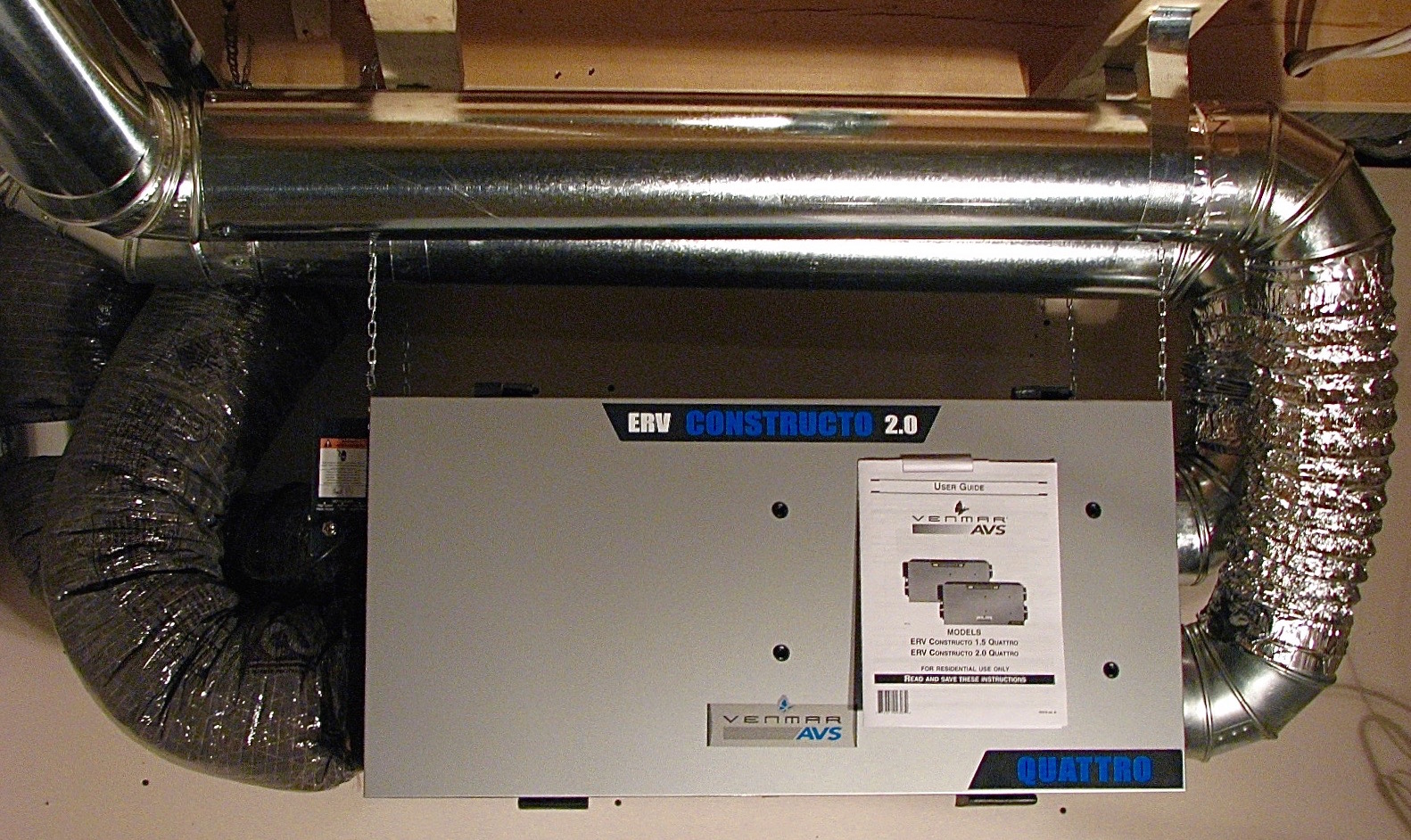How HRV Enhances Indoor Air Quality and Better Breathing
Wiki Article
The All-Inclusive Overview to the Uses of Heat Recovery Ventilation in Modern Structures
Heat Recovery Ventilation (HRV) systems represent a considerable advancement in developing technology (HRV Heat Recovery Ventilation). They provide a method for exchanging stale interior air with fresh exterior air while reducing power loss. This technique not only improves indoor air top quality yet likewise adds to energy performance in both household and business buildings. Understanding the various applications and benefits of HRV can reveal its important duty in modern-day design and sustainability initiatives. The effects of this modern technology deserve discovering betterUnderstanding Heat Recovery Ventilation Equipments

Although lots of modern-day buildings prioritize power effectiveness, recognizing warmth healing ventilation (HRV) systems is vital for maximizing interior air top quality and minimizing energy consumption. HRV systems function by moving warm from stale interior air to incoming fresh air, efficiently maintaining comfortable interior temperature levels while lessening energy loss. These systems include a heat exchanger, followers, and ductwork that help with the circulation of air. Throughout winter season, HRV systems catch and reuse heat from the outgoing air, while in summer season, they can assist cool inbound air. By continuously exchanging air, HRV systems likewise decrease moisture and the focus of indoor pollutants. Correct setup and maintenance of HRV systems are important for their effectiveness and efficiency in enhancing general building performance and comfort.
Advantages of Heat Recovery Ventilation
Heat recovery ventilation systems supply various benefits that improve both energy performance and interior air top quality in modern buildings. By recording and recycling energy from exhaust air, these systems greatly decrease cooling and heating costs, causing lower energy usage. They preserve a consistent circulation of fresh outside air, minimizing the threat of interior air contaminants and irritants. This constant exchange aids control moisture degrees, stopping mold and mildew growth and guaranteeing a much healthier living environment. Furthermore, HRV systems add to sustainability goals by lowering total carbon footprints. Their ability to enhance ventilation without sacrificing thermal convenience makes them a beneficial enhancement to modern structure layout, advertising both economic and environmental advantages.Applications of HRV in Residential Buildings
As homeowners increasingly focus on energy effectiveness and indoor air high quality, the applications of heat healing ventilation (HRV) systems in domestic buildings have come to be a lot more prevalent. HRV systems are especially valuable in snugly secured homes, where maintaining fresh air flow is important for preventing moisture buildup and interior pollutants. They efficiently transfer heat from outgoing stale air to inbound fresh air, reducing energy costs associated with home heating and air conditioning. In addition, HRVs can improve comfort levels by controling humidity and temperature level. They are additionally adaptable for different domestic designs, consisting of single-family homes and multi-unit structures. Generally, integrating HRV systems sustains lasting living practices while making sure a healthier indoor environment for residents.HRV in Industrial and Commercial Setups
In business and industrial setups, the execution of warmth healing ventilation (HRV) systems has come to be progressively crucial for optimizing energy efficiency and preserving air quality. These systems effectively move warm from exhaust air to incoming fresh air, lowering the need for added home heating or cooling. This not only lowers power prices but also adds to sustainability initiatives. Industries such as manufacturing, warehousing, and office buildings benefit substantially from HRV systems, as they aid manage temperature level and humidity levels, making certain a comfy and productive setting. HRV systems help in eliminating contaminants and excess wetness, improving interior air high quality. As regulations around air high quality become more stringent, the adoption of HRV technology is most likely to expand, making it a vital element of modern business and industrial facilities.Future Trends in Heat Recovery Ventilation Technology

Often Asked Concerns
How Does Heat Recovery Ventilation Impact Indoor Air Quality?
Heat recovery ventilation significantly improves indoor air top quality by constantly exchanging stagnant interior air with fresh exterior air while recuperating energy. This visit their website process lowers pollutants, maintains excellent humidity degrees, and assures a healthier atmosphere for owners.Can HRV Systems Be Mounted in Existing Structures?
HRV systems can certainly be set up in existing structures. Retrofitting may require modifications to ductwork and air flow designs, but it considerably boosts energy efficiency and interior air high quality, making it a practical option for older frameworks.What Maintenance Is Needed for HRV Solutions?

Are There Specific Climates Where HRV Is Extra Reliable?
Heat recovery ventilation systems are specifically efficient in climates with substantial temperature distinctions between periods. These systems enhance energy effectiveness by recovering warmth from exhaust air, making them excellent for both chilly and reasonably warm environments.Exactly How Do HRV Systems Affect Energy Expenses?

Report this wiki page